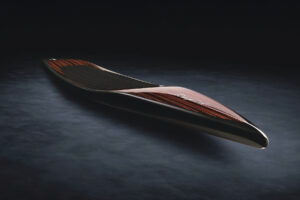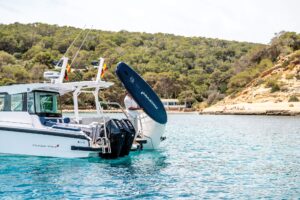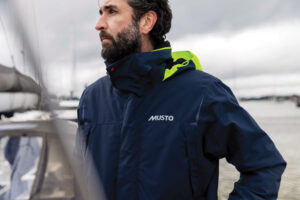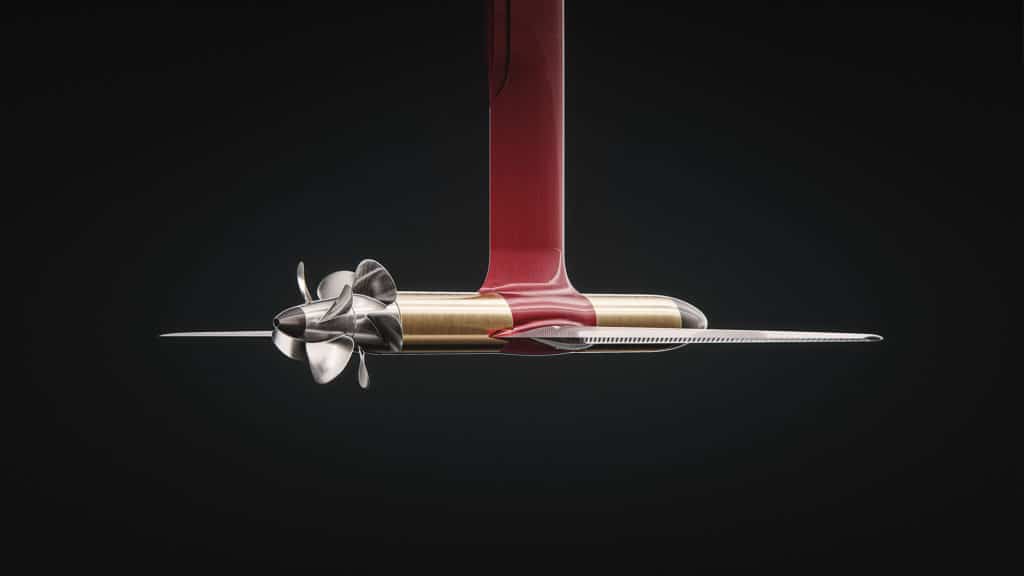
Candela’s C-pod is a very efficient electric motor inside a torpedo-style pod that hangs below a vessel’s waterline (or in the case of Candela’s boats, the hydrofoil line). C-Pods deliver 50 kilowatts of output power, or 67 hp, which Candela achieves with contrarotating propellers driven by dedicated inline motors. Candela physically situates its C-Pods on struts that are lowered for use and then retracted when the vessel is berthed to reduce marine growth.
“Our goal was to move the electric motor from above the waterline to under the water, which would enable [an] electric direct-drive and do away with the cooling system, noisy transmission, and need to use oil for lubrication,” says Mikael Mahlberg, Candela’s communications and public relations manager. “The really hard part was to make the electric motors really small. Other electric pod drives are really bulky, so we had to rethink electric-motor design.”
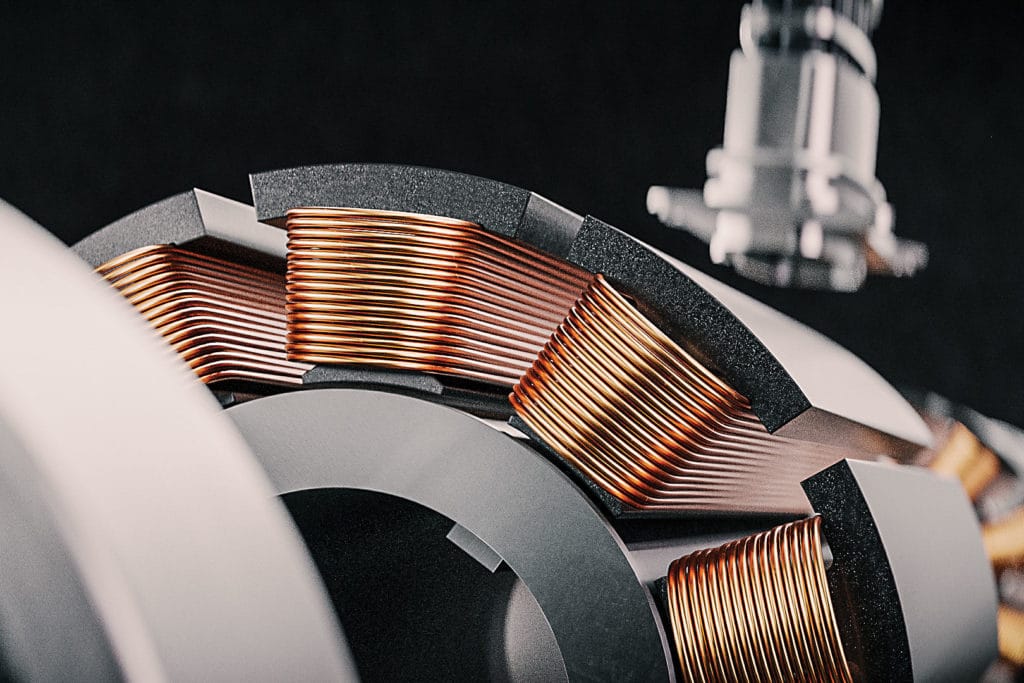
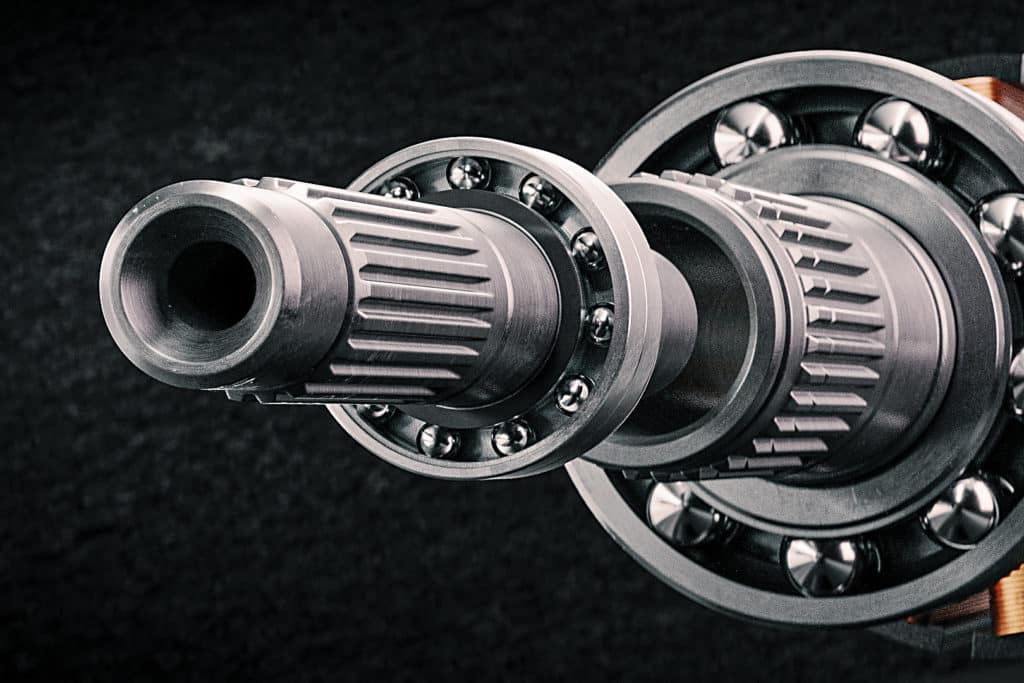
While C-Pods will initially be reserved for use aboard Candela’s hydrofoiling vessels—including the P-12—the company eventually plans to sell C-Pods to other boatbuilders for use as OEM-level equipment aboard their new builds.
One C-Pod “is enough to make our 28-foot hydrofoil boats fly at a speed of 30 knots,” Mahlberg says, adding that Candela plans to spec two C-Pods aboard its larger yachts.
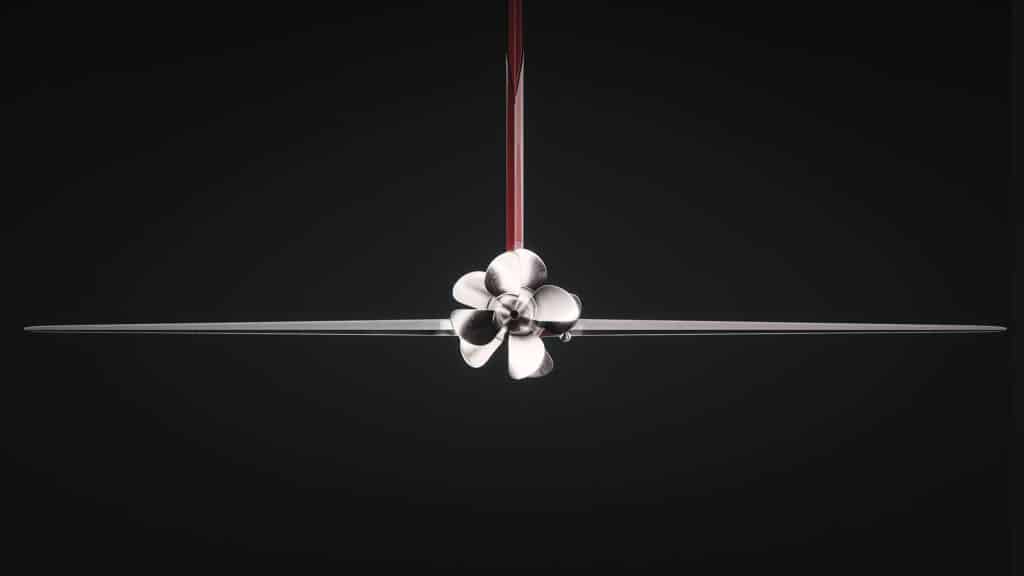
How It Works
C-Pods come with articulating carbon-fiber wings that support (ballpark) 20 percent of the load that’s generated by the vessel’s after hydrofoil. Candela says C-Pods are at least 10 percent more efficient than other leading electric motors. C-Pods reportedly deliver lifetime, maintenance-free service and can be powered by a 180-kilowatt-hour lithium-ion battery bank.
Take the next step: candela.com

